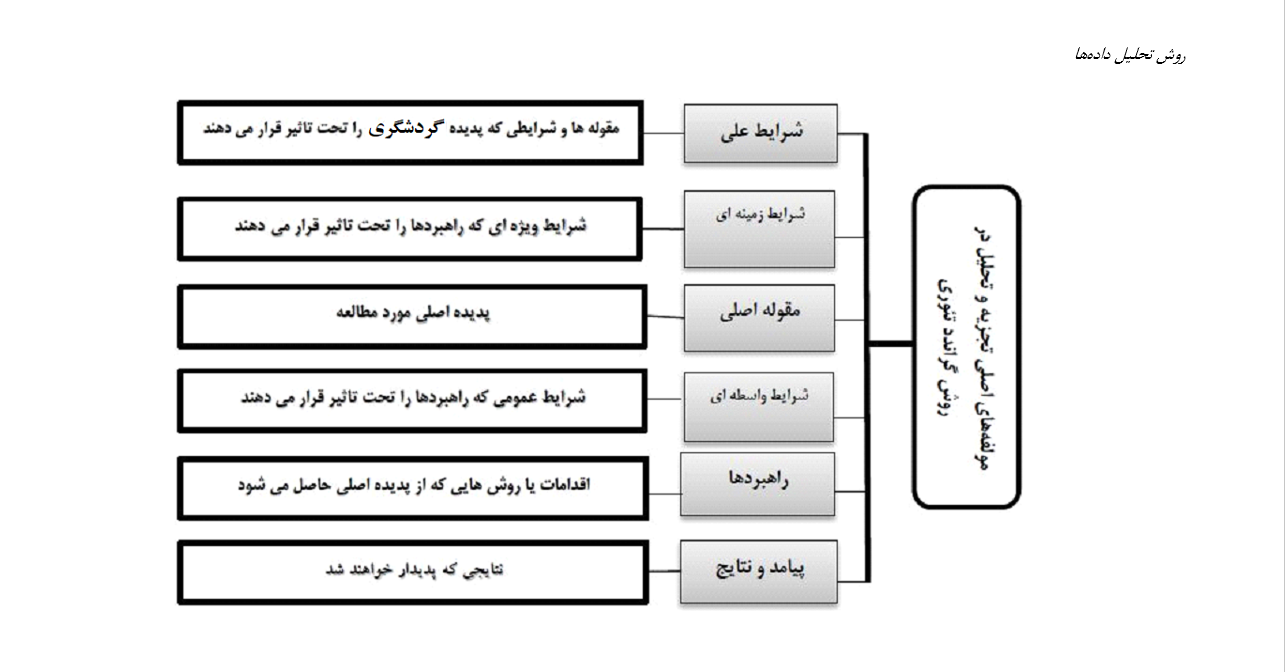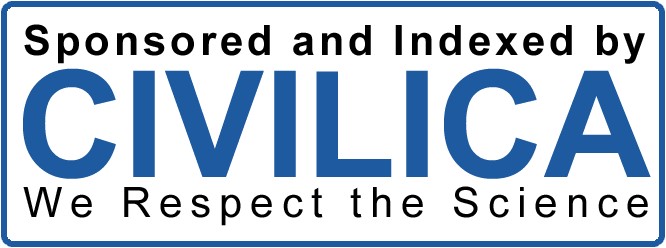تبیین جاذبهها و ظرفیتهای توجیه کننده جایگاه گردشگری در نظام مطالعاتی طرحهای توسعهی شهری در دوره معاصر (مورد پژوهی: کلانشهر تبریز)
کلمات کلیدی:
گردشگری, طرح های توسعۀ شهری, دورۀ معاصر, کلانشهر تبریزچکیده
طی دهههای اخیر نقش گردشگری در روند توسعه شهری افزایش یافته است. تأثیر گردشگری در رشد اقتصادی-اجتماعی انگیزه مطالعه بر توسعه گردشگری در فرآیند برنامهریزی طرحهای شهری میشود. گردشگری به طور بالقوه نقش ویژهای در ارتقای توسعه پایدار به ویژه با تأثیرات اقتصادی و اجتماعی-فرهنگی آن دارد. نقش مثبت گردشگری در توسعه محلی و میراث فرهنگی باید با برنامه ریزی شهری و طرحهای توسعۀ شهری تقویت شود. هدف از این پژوهش تبیین جاذبهها و ظرفیتهای توجیه کننده جایگاه گردشگری در نظام مطالعاتی طرحهای توسعهی شهری در دورهی معاصر در کلانشهر تبریز میباشد. روش پژوهش حاضر بصورت توصیفی-تحلیلی و اکتشافی میباشد. جامعۀ آماری پژوهش شامل خبرگان شهری میباشد که حجم نمونه 30 نفر از خبرگان میباشد که بهصورت هدفمند انتخاب شدند. برای تحلیل دادهها از روش کیفی استفاده شد و برای تحلیل دادههای کیفی از نرم افزار Atlas.ti استفاده شد. نتایج تحقیق نشان داد که عدم توجه به اجرا در برنامهریزیها عاملی است تا طرحها را غیر ایدهآلی، مجرد و در نهایت غیر واقعی نماید. یکی از نواقص و کمبودهای اساسی طرحهای توسعه شهری، جدایی میان روند تهیه طرحها و روند اجرایی آنها است به نحویکه به طور معمول مسئولیت تهیه طرحها و مسئولیت اجرای آن به عهدۀ دو نهاد متفاوت و جدا از هم واگذار میشود. باتوجه به نتایج مطالعه حاضر میتوان گفت که یکی از دلایل عدم رشد صنعت گردشگری شهری، نبود پیوند میان ظرفیتها و توانمندیهای گردشگری شهری و طرحهای توسعه شهری میباشد. نتایج این پژوهش میتواند به عنوان یک مبنای تجربی در سطح کلان برای پیوند این دو مقوله مورد استناد قرار بگیرد و منجر به باز توزیع بهتر گردشگران به مقاصد دوم گردشگری کشور شود. در این راستا مقاله حاضر با نگاه تازه به طرحهای توسعه شهری در پی بازنگری جدید در این طرحها و ساختار گردشگر محور آنها با اضافه نمودن سرفصلی بنام گردشگری میباشد.
دانلودها








